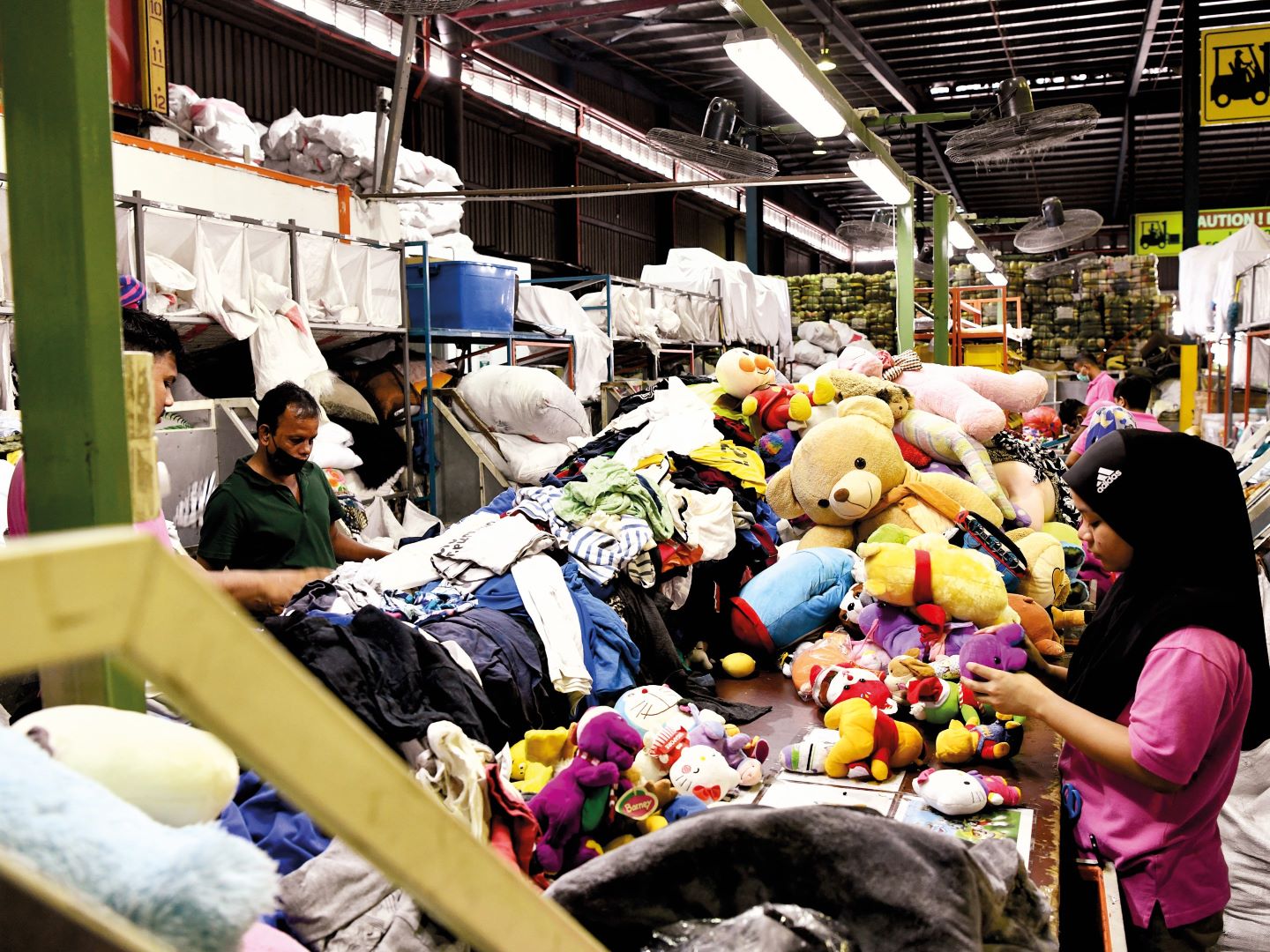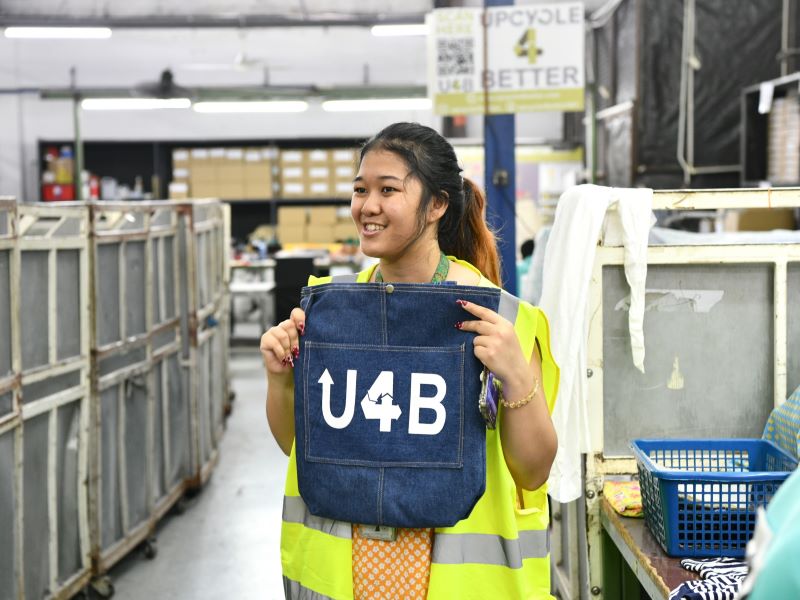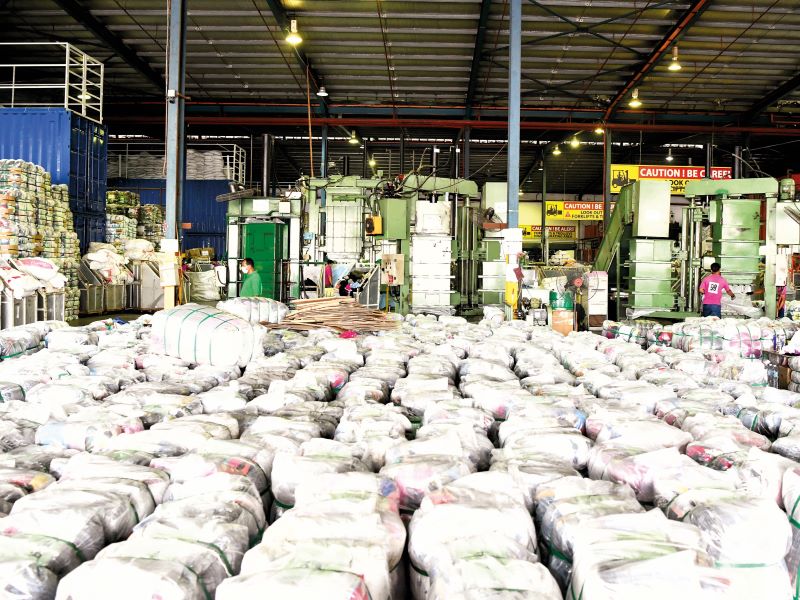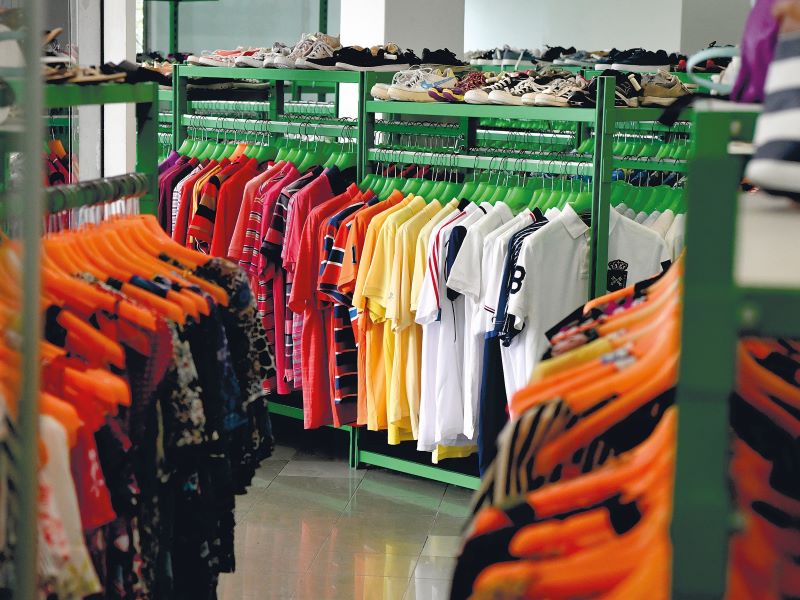
Toys, clothes and household items are repaired, if possible, so they will not end up in the landfills (All photos: Patrick Goh/The Edge Malaysia)
The statistics on fabric waste in landfills are as staggering as the mounds spread out along conveyor belts at Life Line Clothing Malaysia. After oil and gas, the textile industry is the second-most polluting. Discarded items make up about 5%, or 2,000 tonnes of the 38,700 tonnes of solid waste dumped in landfills daily. That works out to two million kilograms, or 1.17kg per person.
Life Line, incorporated 10 years ago with its head office in Port Klang, Selangor, aims to stem this problem by putting used clothing and household goods to use so that nothing goes to the landfill. Daily, its factory processes 25 tonnes of textile waste collected from 600 drop-off locations in the state as well as Johor, Melaka, Kuala Lumpur and Putrajaya.
“We don’t just handle what we collect from the bins. We also work with the local councils, corporations and universities to do education programmes on why we should recycle textiles, what happens if we don’t, and possibilities in the sector,” explains Yuki Liew, sustainability manager of Upcycle4Better (U4B), which works with Life Line to make sustainable fashion accessible to all.
“We emphasise recycling plastic, paper, metal and glass. What about textiles? U4B, a lifestyle-driven brand set up in 2021, aims to spread awareness of upcycling and engage with the community,” she tells Malaysian Nature Society members visiting the factory recently.
20230902_pla_mns_greenliving_educational_field_trip_pg-109.jpg

Upcycling reuses resources and diverts them from landfills and recovers materials from waste and turns them into new products, connecting the dots between sustainability and practicality.
Staff do the tailoring at the factory, turning salvaged materials into totes, comforters, pet beds, backpacks and patchwork blankets, among other things. The company also engages a group of about 40 home tailors, all single mothers, to whom it sends pre-cut materials for making products such as cosmetic pouches, wristlets, scrunchies and pot holders. Part of the profits from the sale of these products go to the women, says Liew.
She cites a simple example of laypeople becoming more aware of what they can do to help. Staff emptying collection bins placed near markets used to find bits of fish and chicken in them. But not any more!
At any one time, there are about 300 workers on the factory floor. When bales of what has accumulated in the bins are brought in, their contents are poured onto a conveyor belt. Each time the belt passes the sorters, they will pick out only the type of clothing assigned to them, such as jackets, jeans, baby wear, floral dresses, jogging pants, T-shirts or shorts. These are then thrown into their respective trolleys.
20230902_pla_mns_greenliving_educational_field_trip_pg-13.jpg

Next, the garments in the trolleys are sorted into two categories: Grade A for those in good condition and can still be worn and B for those that may have holes, tears or stains. For the latter, any button, zip or metallic attachment will be removed, after which the pieces are cut up and turned into industrial wipes for use in the printing, machinery, petrochemical, automobile and other industries, or spun into yarn for rugs and mats.
The Grade A clothes go through a final round of checks before they are separated and sold at Life Line’s Best Bundle shop on its premises. Soft toys, handbags, belts, accessories and shoes end up in the collection bins too and they are patched or repaired to make them good again.
Under its Old Soles, New Life programme, unusable shoes are ground into granules for use as rubber surfaces at playgrounds and on running tracks. There is also plastic and paper waste, which it works with different partners to recycle, says Liew.
20230902_pla_mns_greenliving_educational_field_trip_pg-35.jpg

New products repurposed from used materials can eventually go back into the collection bins, completing the loop of a circular economy that aims to reduce the environmental footprint, minimise waste, reduce resource dependency and generate increased income.
Malaysians reportedly dumped a record 195,300 tonnes of textile waste in 2018, making up 6.3% of the waste that entered our landfills then and more than double that in 2012 (2.8%). According to the Solid Waste Corporation, the country’s recycling rate was 30.67% in 2020, lower than that of Taiwan (60%), Singapore (59%) and South Korea (49%). Environmental experts forecast that if nothing is done to reduce waste, there will be no space available for landfills by 2050.
This article first appeared on Sept 18, 2023 in The Edge Malaysia.


